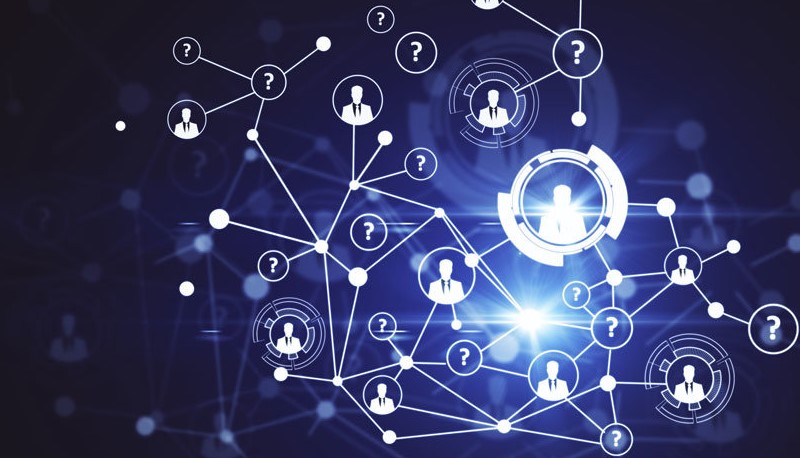Providing direct support to employees and managing company performance, human resources (HR) play a vital role in most businesses. There is a vast amount of data in many organisations, however, data is often underutilised or poorly organised which makes it hard to make good decisions.
In order to transform this data into valuable human resources decision-making information, workforce analytics can be used to collate, organise, and transform it.
What are Workforce Analytics?
A workforce analytics tool set describes a technique for measuring, analysing, and organising advanced employee data. The purpose of this tool is to provide detailed employee performance information in order to facilitate better overall employee management using software and statistical methods.
Comparing internal data to industry benchmarks and employment data is another important component of workforce analytics. In addition to interpreting trends, managing employment risks, and increasing engagement, successful workforce analytics management can reduce costs.
How do Businesses Get Data?
An essential part of workforce analytics is the collection of key data points. The data to be analysed may come from multiple departments within the organisation and also externally.
One way of collecting internal HR data is by conducting surveys and interviewing people with a set of questions. Some data needed for workforce analytics are the following:
- Demographics of the current workforce
- Number of employees working position-wise
- Location of the positions
- Pay rates of the employees
- Number of qualified applicants
- Organisation’s strategic objectives
- Organisation’s diversity objectives
You can also take into account what is going on outside the organisation. For instance, data from the labour market can shed light on talent supply in different locations and provide critical market intelligence on issues like competitiveness and salary range. This can give you a better understanding of the supply and demand for essential occupations and the competitiveness of the job market.

Benefits of Using Workforce Analytics
Workforce analytics offers companies a number of benefits that can assist in gaining better insight into their organisation and employees as well as identifying trends within the workplace.
Provide a better hiring process: No matter how large or small a company is, finding new talent always presents a challenge. By analysing previous applicants, their performance, and the company’s requirements, workforce analytics can illuminate exactly what a company needs from a new hire. Based on the historical data, it is easier to recognise the talent of new candidates and find out whether they would be a good fit or not.
Tracking employee engagement and improvement: Workforce analytics allows you to make checks on your employees via surveys and weekly ratings. Companies can then use these analytics to better understand why their employees aren’t performing at their best, and how to improve their productivity. Once you understand the factors affecting performance and understand their needs, you can improve workers’ engagement.
Improve process efficiency: Workforce analytics can identify areas in which automated processes can replace manual work, enabling workers to spend their time on more important and valuable tasks.
Your company’s productivity can be increased by focusing on your data. When you use workforce analytics to increase your company’s efficiency, it will lead to happier, more productive employees, and your business will be more efficient and effective. To know more about how workforce analytics can help your business grow, log on to our website.







